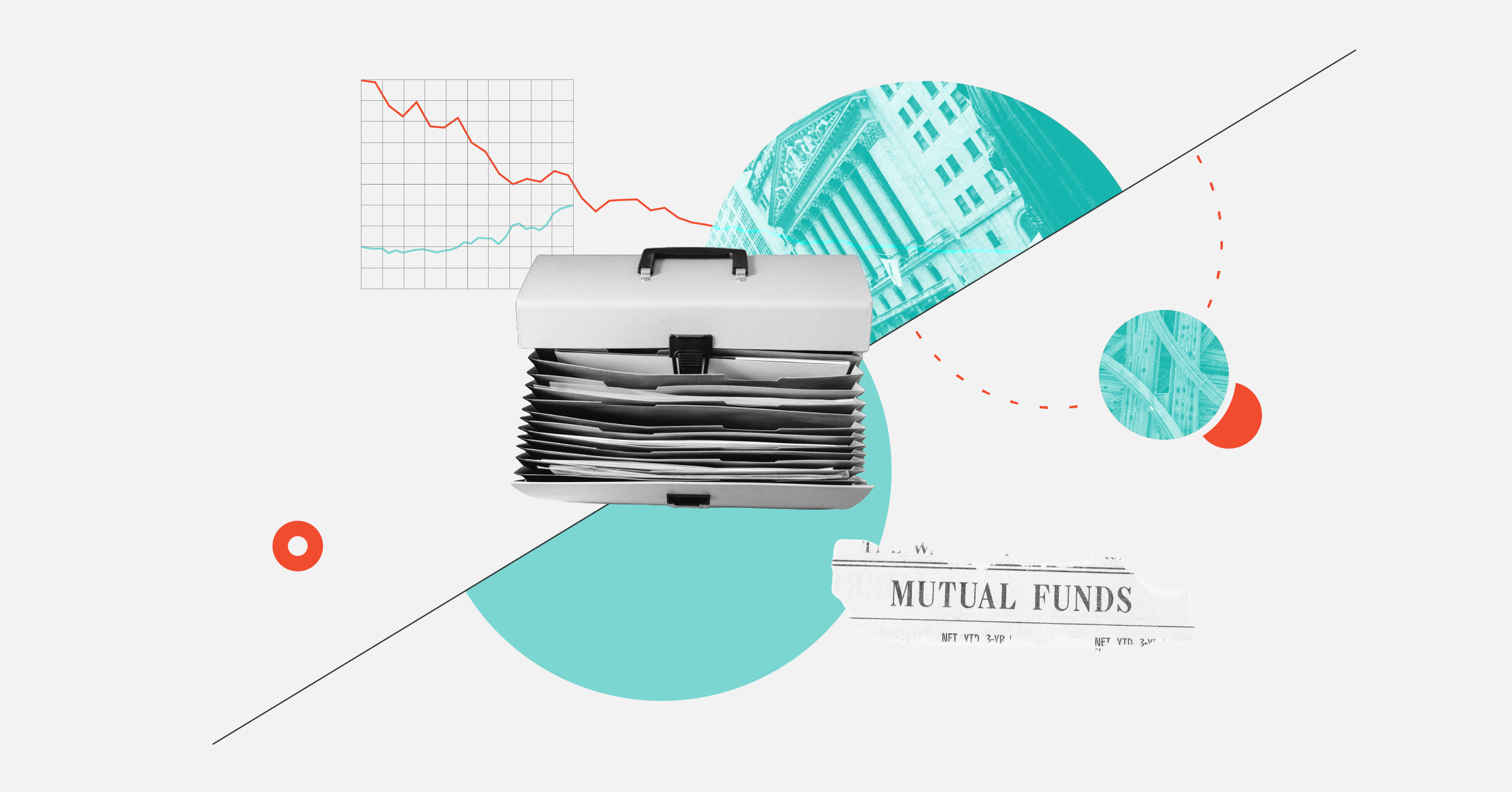Bond Managers Give US Actively Managed Funds a Narrow Leg Up in Early 2024
Exploring the latest edition of the US Active/Passive Barometer.

Did a randomly chosen actively managed fund beat the average of its passive rivals from July 2023 through June 2024? It’s basically a coin flip. About 51% of actively managed funds both survived and outperformed a composite of indexed category peers over the 12 months ended June 2024. That marked a modest increase from their 47% success rate in 2023 but a step back from their 57% clip during the year ended June 2023. Still, clearing the coin-flip mark is nothing to sneeze at, especially during the artificial intelligence-driven rally that raged during this sample period.
We detail and explore the dynamics that shaped active and passive fund performance in the midyear 2024 Active/Passive Barometer, a semiannual report that measures US active funds against a composite of index peers in their respective Morningstar Categories. The report spans more than 8,300 unique funds that amounted to nearly $21 trillion in assets, or 71.7% of the US fund market, halfway through 2024.
The full report can be found here. You can learn more about the background and our approach to this study in this article.
Year-Over-Year Change in Active Funds’ One-Year Success Rate by Category (%)

Active Bond Managers Lead the Charge
The headline 51% success rate belies the wide dispersion of outcomes across the US fund universe for the 12 months through June 2024. Active strategies succeeded 72% of the time in the intermediate-core bond category, but just 26% of US mid-cap growth funds could say the same. As always, the question is not just whether to go active or passive, but where and when each style makes sense.
Fixed-income managers led the charge for the overall active cohort during the year ended June 30, 2024. Roughly two out of every three actively managed bond funds survived and beat their index composite during that span, tops among the category groups in this study. Actively managed fixed-income portfolios normally embrace more credit risk and target bonds with shorter maturities than index funds, making them less sensitive to interest-rate changes. That combination proved to be the sweet spot from July 2023 through June 2024. Narrowing credit spreads and a protracted timeline for interest-rate cuts rewarded credit risk and punished duration.
The structural differences between active and passive bond funds are most pronounced in the intermediate core-bond category Consider Vanguard Total Bond Market ETF BND. It represents the index funds in the category well because its benchmark mimics the Morningstar Category Index. The exchange-traded fund entered July 2023 with a Treasuries allocation that exceeded the category average by 15 percentage points and a duration that was roughly 0.4 years longer. Pulling those levers generated a 2.7% return over the sample period that most active funds leapfrogged thanks to their shorter orientation and riskier profiles.
The US equity category group, the largest in the study, wasn’t too hard on active managers. About 49% survived and outperformed during the one-year sample—well above their 20% success rate over the 10 years through June 2024.
Actively Managed Stock Funds Were a Toss-Up
The US large-cap equity market has historically been tough sledding for active funds, but it has softened up recently. Active managers in the three large-cap categories enjoyed success rates between 51% and 56% from July 2023 through June 2024. The aggregate total landed at 53%, a level where active US large-cap funds have consistently finished in several recent editions of the Active/Passive Barometer.
One explanation for the 50/50 outcomes may lie in the evolving definitions of “active” and “passive.” Fund launches from systematic active managers like Dimensional and Avantis have turned the active group a bit more indexlike, and the proliferation of bolder, more bespoke index funds has dialed up active share in the passive composite. The active/passive line is blurrier than ever—a fact that may fence yearly active success around the 50% mark until that changes.
Active US small-cap funds were in the same neighborhood with a 52% success rate. A wide gap emerged between categories in this group, though. Active small-value managers succeeded 71% of the time over the 12 months through June 2024—about 41 percentage points better than their active counterparts in the small-growth category. Nuances in index construction help explain the chasm.
Index provider S&P defines value and growth much differently than most. Its unique definition stuck the S&P SmallCap 600 Value Index with a 4.2% return from July 2023 through June 2024—much worse than the small-value indexes from Morningstar, Russell, CRSP, and other providers. The S&P SmallCap 600 Growth Index meanwhile soared to an abnormally high 13% return. These S&P indexes underpin numerous funds in both the small-value and small-growth categories and therefore heavily influence those index composites. S&P SmallCap 600 Value’s dreadful returns lowered the small-value hurdle for active managers, while the hurdle grew on the growth side. Though the effect of indexes’ stylistic decisions tends to wash out over long horizons, they can shake up active success rates over the short term.
Active Funds' Success Rates by Category (%)

Zoom Out on Actively Managed Funds’ Success Rates
The wide gap in small value/growth success is the latest evidence that one year is too short of a period to inform conclusions. Success rates can fluctuate wildly from year to year, depending on what’s going on in the markets and how that uniquely affects the active and passive funds we compare. Market segments with fewer funds can send especially noisy signals in the short term. Consider the global real estate category, where active funds saw their one-year success rate spiral to 20% from 85% over just six months in 2022.
Longer horizons provide stronger signals that investors can incorporate into their selection processes. In general, actively managed funds haven’t rewarded investors in the long run. Just 29% of them beat the average of their passive rivals over the decade ended June 2024.
But success rates vary across categories. They have generally been higher among active bond strategies, for instance. And those results are backed by rationale. The sprawling, fragmented nature of the bond market creates mispricing for shrewd managers to exploit. Those strategies have a good shot to succeed if they can just keep their doors open: Of the 48% of active bond funds that survived the 15-year period ended June 2024, 80% of them outperformed the index composite.
Weighing the Prize and Penalty of Actively Managed Funds
Success rates alone only tell half the story. The other half is the prospective payoff for choosing a winning fund and the cost of picking a loser. The Active/Passive Barometer illustrates this information by plotting the distribution of 10-year excess returns for surviving active funds versus the average of their passive peers.
Much like success rates, these distributions vary widely across categories. In the case of US large-cap funds, the distributions skew negative. This paints a bleak picture for active funds in these categories. They have low long-term success rates, while penalties can be high for picking a loser (per the negatively skewed distribution).
The opposite tends to be true of fixed-income, real estate, and certain foreign-stock categories, where long-term success rates have generally been higher and excess returns among surviving active managers skewed positive over the past decade. The exhibits below show the distributions of excess returns for surviving active funds from the large-blend and intermediate-core bond categories.
Mortality and Distribution of 10-Year Annualized Excess Returns for Surviving Active Large-Blend Funds

Mortality and Distribution of 10-Year Annualized Excess Returns for Surviving Active Intermediate-Core Bond Funds

Don’t Forget Fees
Fees matter. Over the 10 years ended June 2024, active funds in the cheapest quintile of their category succeeded at a 32% rate, compared with 24% for the priciest ones. The low-cost edge grows more pronounced over time, as the effect of compounding takes root and puts pricey funds at a steeper disadvantage.
The author or authors do not own shares in any securities mentioned in this article. Find out about Morningstar’s editorial policies.

/s3.amazonaws.com/arc-authors/morningstar/30e2fda6-bf21-4e54-9e50-831a2bcccd80.jpg)

/d10o6nnig0wrdw.cloudfront.net/09-24-2024/t_c34615412a994d3494385dd68d74e4aa_name_file_960x540_1600_v4_.jpg)
/cloudfront-us-east-1.images.arcpublishing.com/morningstar/T2LGZCEHBZBJJPPKHO7Y4EEKSM.png)
:quality(80)/s3.amazonaws.com/arc-authors/morningstar/30e2fda6-bf21-4e54-9e50-831a2bcccd80.jpg)